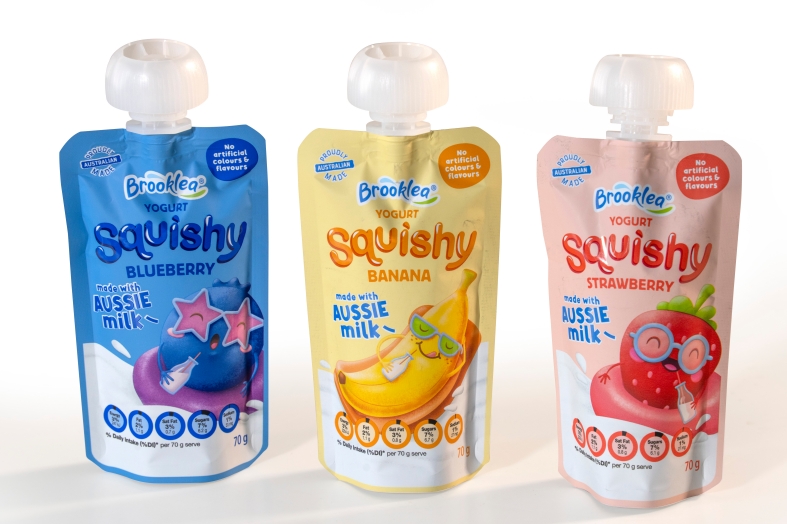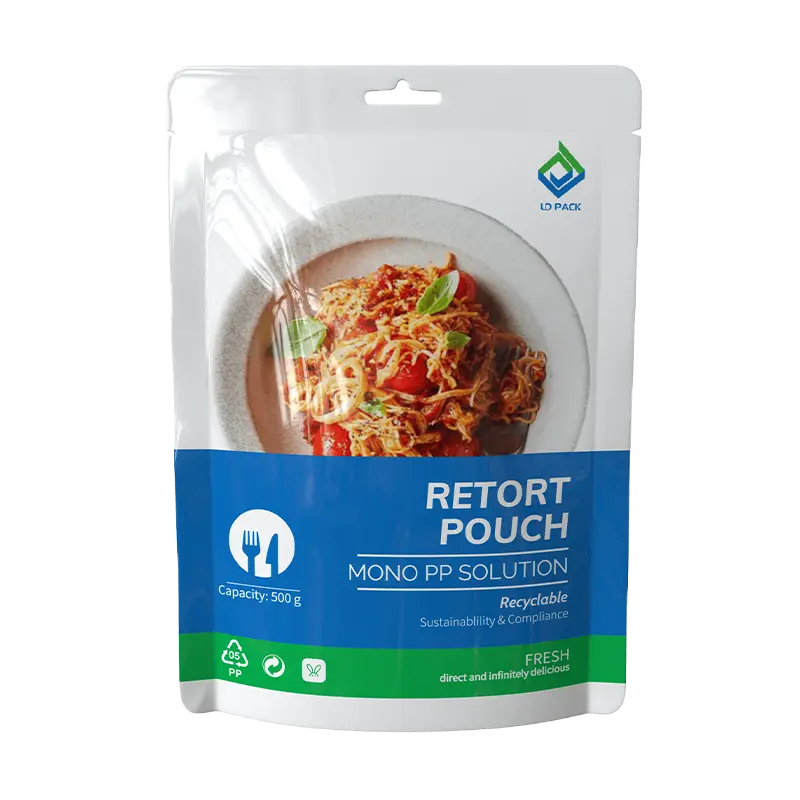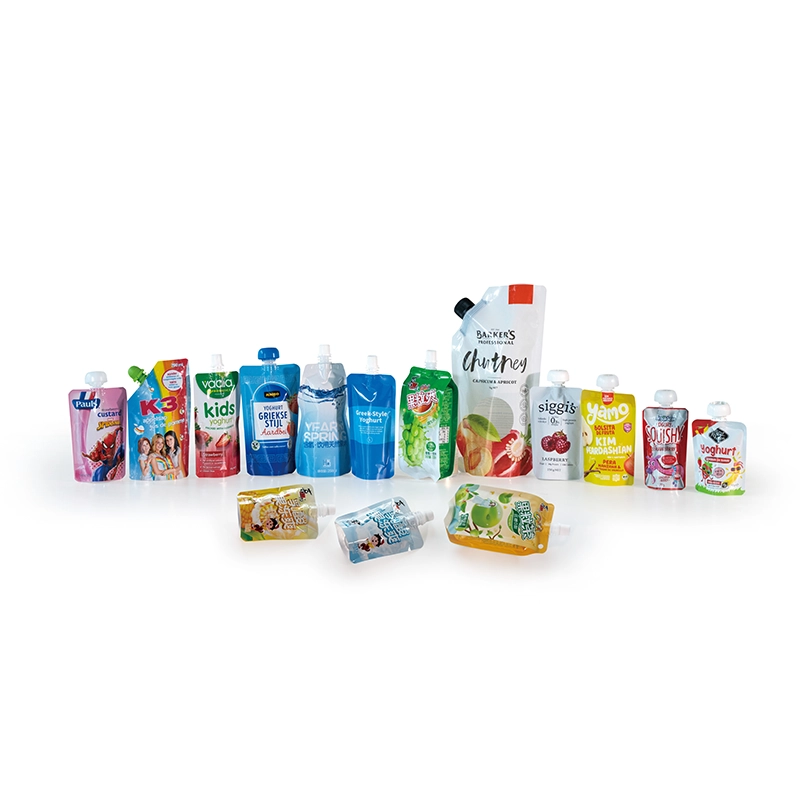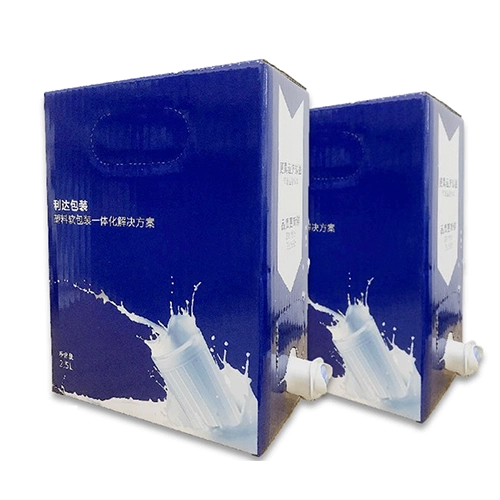Common Issues and Solutions in Spouted Pouch Manufacturing
1. Liquid or air Leakage in spouted pouches
(1) Improper heat sealing parameters
The heat sealing temperature should be precisely adjusted according to the material properties, thickness, and the number of sealing passes. For repeated sealing in the same area, a slight reduction in temperature is recommended to prevent material degradation. Insufficient sealing pressure may result in weak seals, while excessive pressure can lead to material extrusion or deformation, necessitating an optimal balance. The sealing time must be carefully aligned with the temperature and material characteristics, and it is advisable to fine-tune these parameters through rigorous trial validation.

(2) Poor spout sealing in spouted pouches
Misalignment of the spout or uneven sealing pressure in spouted pouches can lead to sealing defects. It is essential to optimize mold design to ensure precise alignment between the spout and the pouch body. Utilizing ultrasonic sealing technology can enhance the bonding strength between the spout and the laminated film.
2. Shape defects in spouted pouches (uneven surfaces, asymmetrical bottom seals)
Material and tension control:Uneven thickness of the laminated film or improper tension control can lead to deformation of spouted pouches. It is necessary to select materials with good uniformity and adjust the unwind tension. Asymmetrical bottom seals can be addressed by adjusting the parallelism of the heat sealing knives or using double-sided heating technology, which offers higher efficiency and more uniform heat distribution.
3. Insufficient heat seal strength
(1) Material selection and process matching
The material of heat seal layer must be compatible with the heat sealing temperature and pressure to avoid additive migration that could affect strength. When the adhesive in the laminated film has not fully cured, high-temperature sealing may cause delamination. It is essential to ensure that the lamination process is fully cured.
(2) Operator process optimization
Insufficient cooling can lead to residual internal stress, so it is necessary to strengthen the cooling system to properly shape the sealed edges. Multiple heat sealing passes (such as at least two vertical seals) can improve strength and reduce the pressure required for a single heat seal.
4. Dimensional error
(1) When the photoelectric tracking sensitivity is insufficient, it is necessary to adjust the cursor contrast or replace it with a high-precision sensor.
(2) Material stability:Differences in the shrinkage rate of laminated films can lead to dimensional fluctuations. It is necessary to choose a substrate with a matching thermal shrinkage rate.
5. Material rupture at the sealing edge
Heat sealing knife design optimization:Chamfering the blade edge can reduce shear force on the material, preventing edge rupture. Adjusting the heat sealing pressure and the hardness of the silicone pad helps balance sealing efficiency and material protection.




